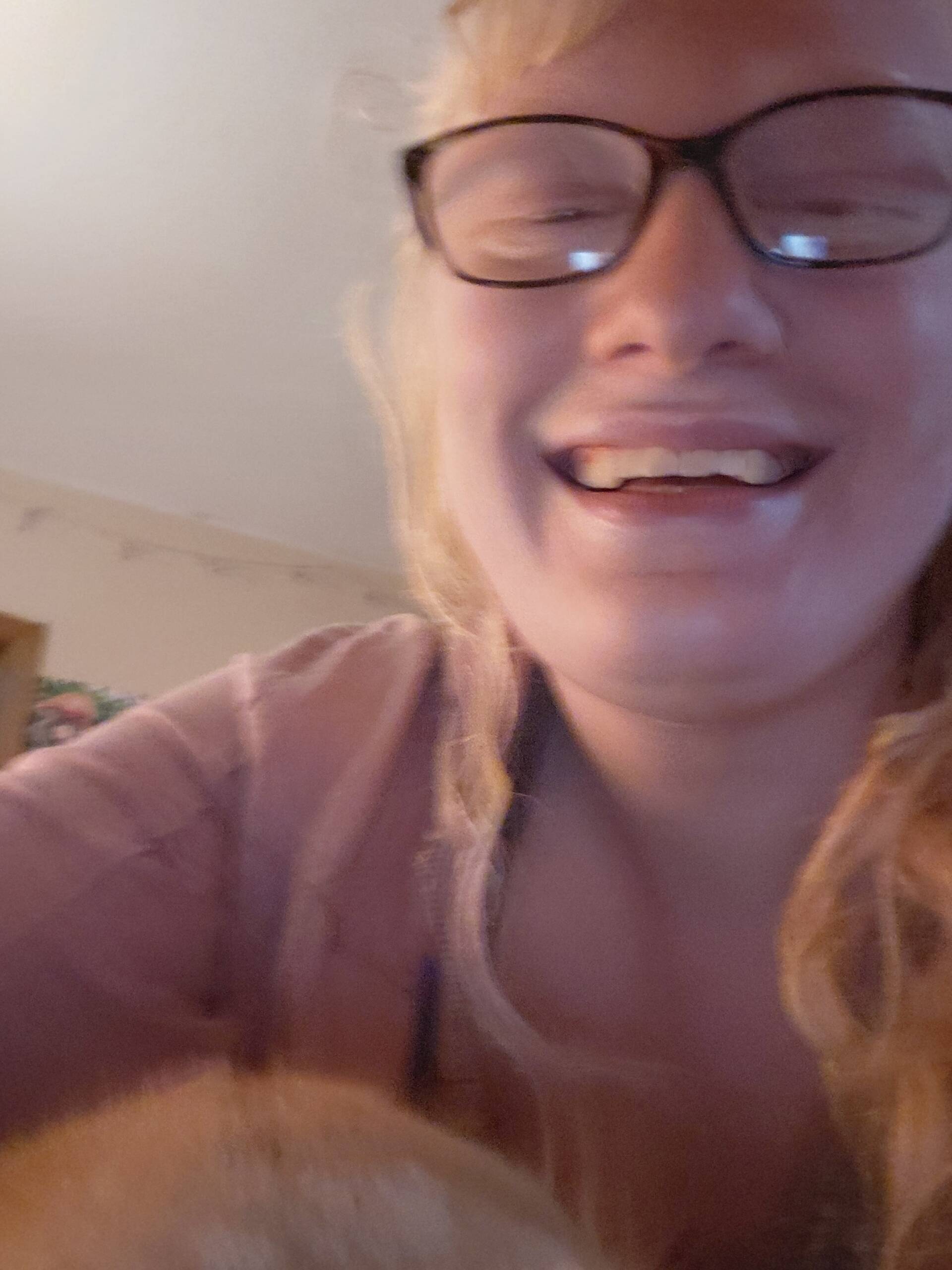Invisible Disabilities Week
By: Rachel
It’s the end of invisible Disability awareness week! I am sort-of a person with invisible disabilities.
Albinism–a lot of people don’t notice that I have it because they think people with Albinism have red eyes. I didn’t talk about it as I was growing up, so it definitely felt invisible and isolating.
However, I still received the rude comments that someone with visible disabilities would feel, and I still felt self-conscious as a teenager, which are two things that people with visible disabilities might experience.
Usually my chronic fatigue syndrome and my Dysautonomia are invisible– unless I’m feeling lightheaded and need to sit down, or if I need to use my power chair! Which is pink and sparkly by the way!
Usually my mental health diagnoses are invisible– unless I get REALLY disregulated. That doesn’t happen often but when it does it really shows.
Sometimes it’s hard to have disabilities that are invisible because then people don’t believe you or don’t think it’s very bad when you tell them about it.
I’ll say I’m tired, and they say, “oh me too, I get it.” But you can’t really understand what chronic fatigue syndrome is like. It’s not just being tired all the time. It’s so much more than that– sleep disturbances, never feeling refreshed after sleep, only having a little energy to do things everyday.
Or I’ll say a serious mental illness I have and someone will say, “I wouldn’t have expected that,” which is probably supposed to be a compliment but really just invalidates my experience. So many things are a spectrum and look different for each person that you can’t tell me what my mental illness is supposed to look like.
That’s some of my lived experience! Feel free to ask questions and share! Bring more appreciation to people with disabilities!
Pictures– when my disabilities are invisible and when they’re not!


